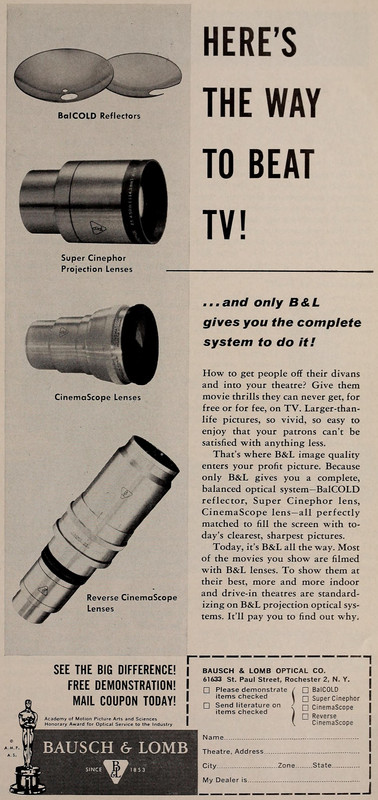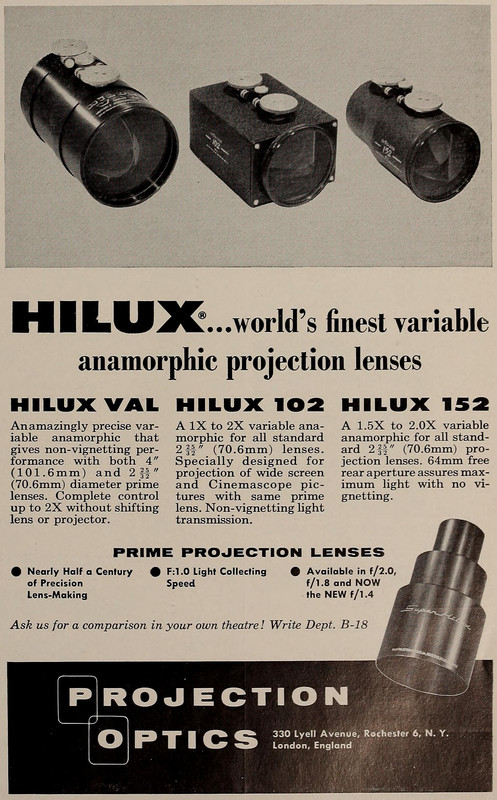Rob de Loe said:
Gesture said:
Are process lenses in a similar territory for using in general photography?
I tried a couple (one Schneider and one Rodenstock). They were both poor performers.
However, I'm always mindful that my sample size was n=1. In the large format world, people use process lenses and seem happy enough. I didn't try a second copy of either because I found better, faster alternatives.
Yes, same here… I tried a couple more though. Rodenstock Apo-Gerogon, Apo-Ronar, Goertz Apochromatic Artar, Boyer Apo-Saphir … nothing to write home about, at least from my limited experience so far and on a full frame sensor! The massive Zeiss Apo-Germinar-W 210 mm I have is a fascinating lens and better, but doesn‘t seem superior to any good enlarging lens. I was surprised at how well the simple Apo-Tessars and S-Tessars hold up though, but then again - all of these Process/Repro/Copy lenses are usually very slow and often hard to adapt. It‘s fun trying them though and I‘m sure many of them have their sweet spot magnification wise where they really shine. Also some might make decent tube lenses for macro work.
The older (Dagor) G-Clarons seem to have a good reputation but if you‘re not shooting large format a good enlarging lens with qualities at some distance is probably preferable. You can find a growing list of all kinds of alternative manual lenses tested for it here:
Hall of Fame: Far – f4-f8 Average - delta














